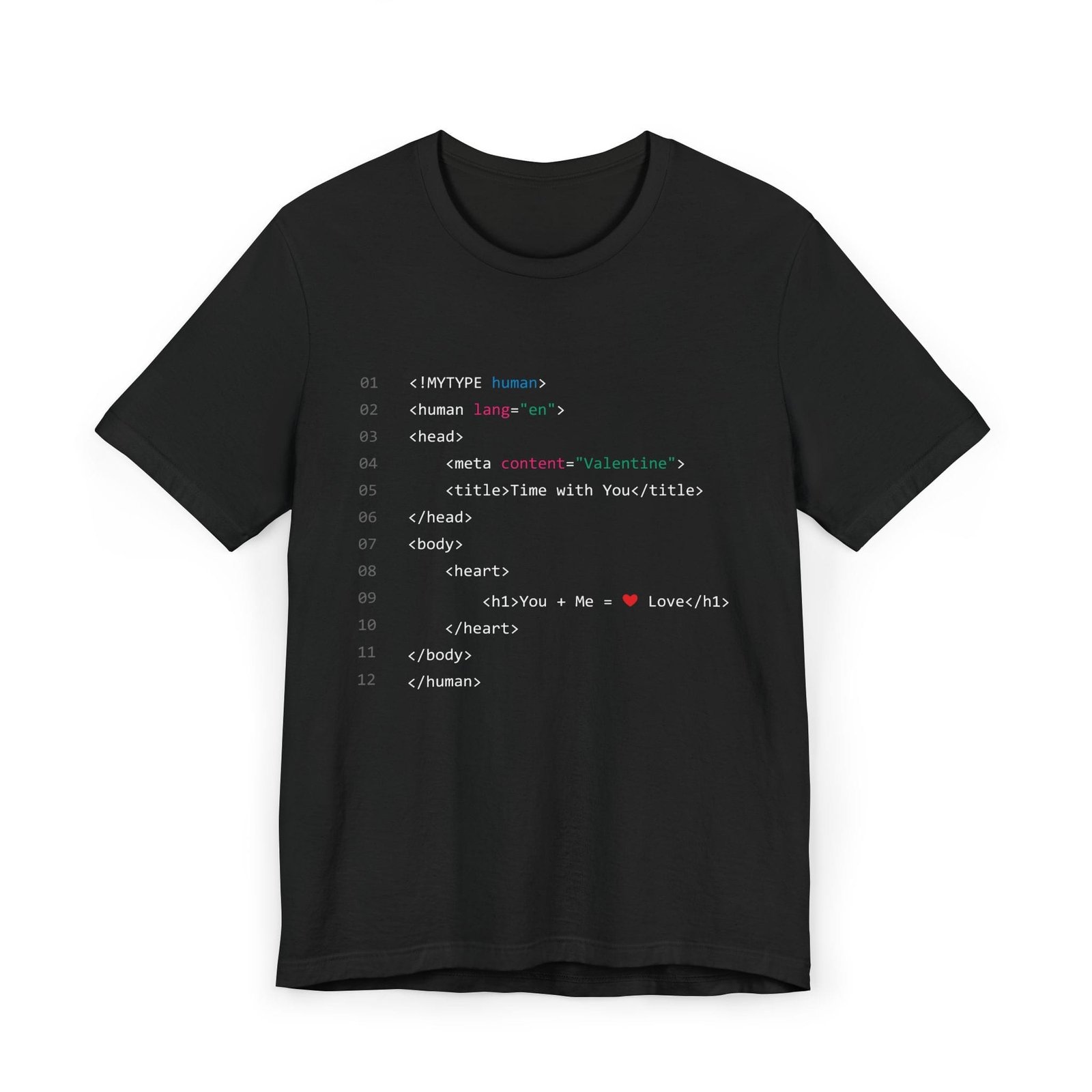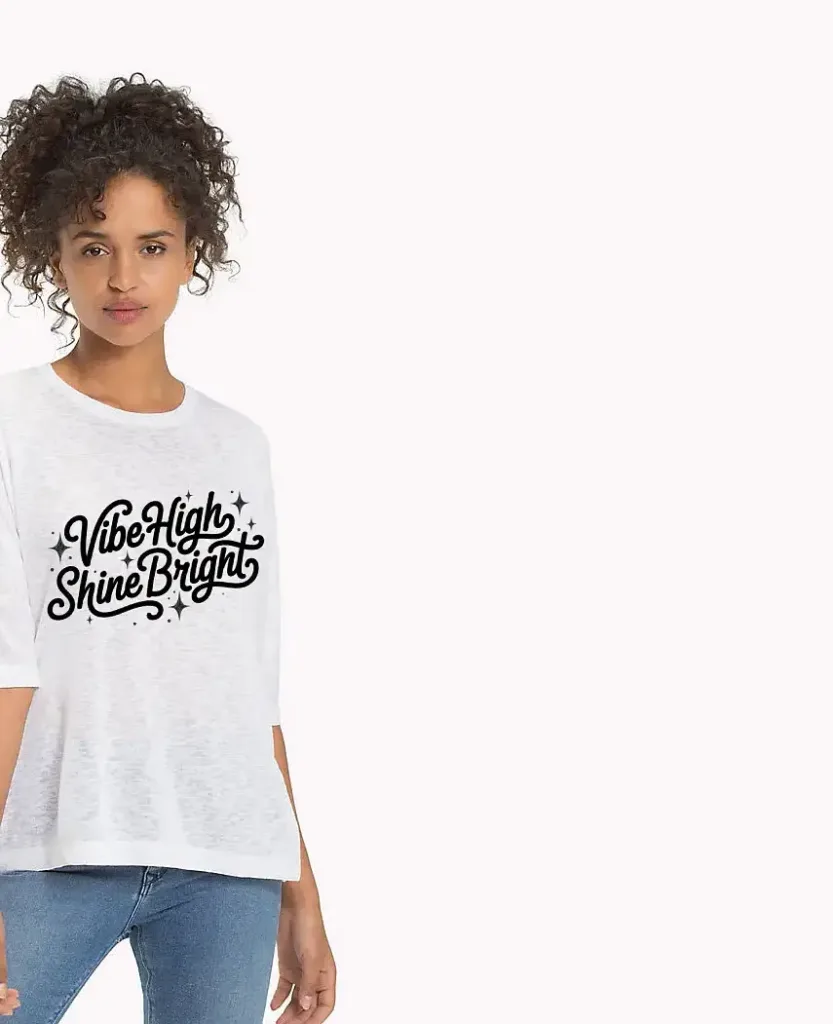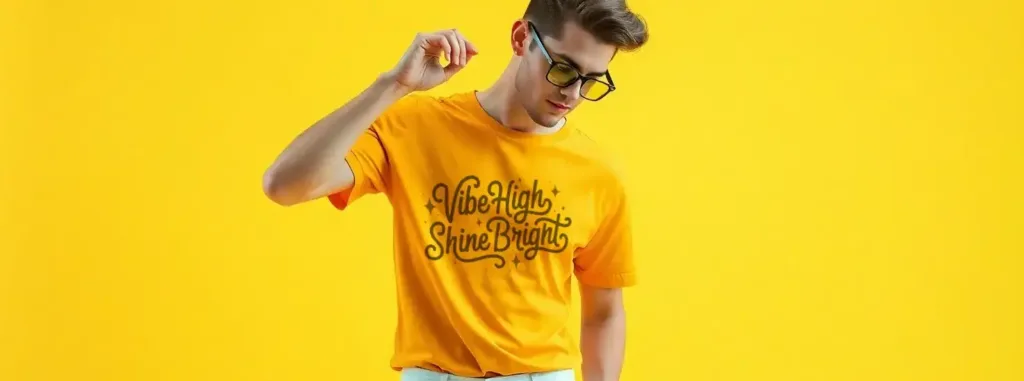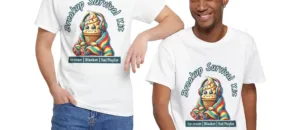Print on Demand Business Guide 2025
Start and Scale a Print on Demand Business
What Is Print on Demand (POD) Business?
Print on Demand, or POD, is a smart way to sell custom products without holding a bunch of inventory. Basically, you design stuff like t-shirts, books, mugs, or posters, and a company prints and ships them only when a customer orders. This cuts down on upfront costs and risks. It’s popular for entrepreneurs because you can start small from home. Think of it as dropshipping but for printed goods. Companies like Printful, Teespring, or Amazon’s Merch on Demand handle the printing and delivery, while you focus on designs and marketing. The key perk? No warehouse needed, and you earn a cut of each sale.
Why Choose POD Over Traditional Business Models?
POD beats old-school manufacturing because it avoids big investments in stock that might not sell. In traditional setups, you’d buy hundreds of items upfront, store them, and hope they move. With POD, everything’s made to order, so waste is minimal. It’s eco-friendly too, since less stuff ends up in landfills. Downsides? Profit margins can be slimmer (maybe 20-40% per item after fees), and you have less control over quality or shipping times. But for beginners, it’s low-risk—perfect if you’re testing ideas without quitting your day job. Many folks use it for side hustles, like selling funny quotes on hoodies or niche books.
What Is Print on Demand (POD) Business?
Print on Demand, or POD, is a smart way to sell custom products without holding a bunch of inventory. Basically, you design stuff like t-shirts, books, mugs, or posters, and a company prints and ships them only when a customer orders. This cuts down on upfront costs and risks. It’s popular for entrepreneurs because you can start small from home. Think of it as dropshipping but for printed goods. Companies like Printful, Teespring, or Amazon’s Merch on Demand handle the printing and delivery, while you focus on designs and marketing. The key perk? No warehouse needed, and you earn a cut of each sale.
Why Choose POD Over Traditional Business Models?
POD beats old-school manufacturing because it avoids big investments in stock that might not sell. In traditional setups, you’d buy hundreds of items upfront, store them, and hope they move. With POD, everything’s made to order, so waste is minimal. It’s eco-friendly too, since less stuff ends up in landfills. Downsides? Profit margins can be slimmer (maybe 20-40% per item after fees), and you have less control over quality or shipping times. But for beginners, it’s low-risk—perfect if you’re testing ideas without quitting your day job. Many folks use it for side hustles, like selling funny quotes on hoodies or niche books.

Picking Your Niche and Products
First step: Nail down what you’ll sell. Choose a niche you’re into, like fitness gear, pet lovers’ stuff, or motivational posters. Research hot trends using tools like Google Trends or Etsy searches. Avoid super broad categories; go specific, like “yoga for beginners” tees instead of just “yoga.” Common POD products include apparel (shirts, hats), home goods (pillows, blankets), accessories (phone cases, stickers), and printables (books, journals). Make sure your ideas are original—no copying trademarks, or you’ll get in trouble. Aim for evergreen items that sell year-round, plus seasonal ones like holiday merch.
Creating Your Designs
Designs are the heart of POD. You don’t need to be an artist; use free tools like Canva or GIMP for simple stuff. For pro-level, try Adobe Illustrator (it’s got a learning curve). Keep designs clean—bold colors, fun fonts, and scalable for different sizes. Test on mockups to see how they’ll look on products. If you’re not creative, hire freelancers on sites like Fiverr for $10-50 per design. Remember, high-res files (at least 300 DPI) are a must to avoid blurry prints. Always proof your work; a typo on a shirt is a quick way to lose customers.
Choosing a POD Platform
Pick a service that fits your needs. Popular ones: Printful integrates with Shopify or Etsy, offers fast shipping, and has good quality. Redbubble is easy for beginners—no store setup required; they handle everything. Lulu or IngramSpark are great for books, with global distribution. Compare fees: most charge per item (e.g., $10 base for a shirt, you sell for $20, keep $10 minus platform cut). Look at reviews for reliability—shipping delays can kill your rep. Start with one platform to keep it simple, then expand.
Setting Up Your Online Store
Time to sell. Build a store on platforms like Shopify ($29/month basic plan), Etsy (low fees, built-in traffic), or even your own website with WooCommerce (free but needs hosting). Link your POD provider so orders auto-fulfill. Add product listings with eye-catching photos, descriptions, and prices. Include size charts and return policies—POD often has no returns for custom items, so be upfront. Optimize for SEO: Use keywords like “funny cat mug” in titles. Set up payment gateways like PayPal or Stripe for easy checkouts.
Pricing and Profit Strategies
Price smart to cover costs and make money. Calculate: Base cost from POD provider + shipping + your profit goal. For a $15 shirt (including print), sell at $25-30 for a decent margin. Factor in ads and fees. Offer bundles (shirt + mug) for higher sales. Run promos like 20% off first buys to hook customers. Track everything—use spreadsheets or tools like Google Analytics to see what’s profitable. Aim for volume; one design might flop, but 50 could hit big.

Marketing Your POD Business
No marketing, no sales. Start free: Post on social media like Instagram or TikTok with product teasers. Build an email list via pop-ups on your site. Paid ads? Facebook or Google Ads target niches well—budget $50-100 to test. Collaborate with influencers in your niche for shoutouts. Content marketing helps: Blog about your designs or join Reddit communities. SEO your store listings so they rank in searches. Track ROI—focus on what brings in buyers, like viral pins on Pinterest for visual products.
Handling Operations and Customer Service
Once orders roll in, stay on top. Monitor your dashboard for issues like out-of-stock prints. Respond to customer emails fast—within 24 hours. Common problems: Wrong sizes or print errors; most POD firms handle refunds, but communicate clearly. Scale by adding more designs weekly. Outsource if busy: Virtual assistants can manage social media. Legal stuff: Get a business license if sales hit certain levels (varies by state), and track taxes—POD income is taxable.

Scaling and Growing Your POD Business
When you’re rolling, level up. Analyze data: Drop low-sellers, double down on winners. Expand products or niches—start with tees, add books. Build a brand: Custom domain, logo, and story to stand out. Diversify platforms: Sell on Amazon too. Reinvest profits in better tools or ads. Watch trends—AI design tools are hot now. Long-term? Aim for passive income; some make six figures with evergreen designs. But stay patient; most see real growth in 6-12 months with consistent effort.
Common Challenges and How to Overcome Them
POD isn’t all smooth. Competition is fierce—millions of designs out there. Fix: Unique, targeted ideas. Shipping delays? Choose reliable providers and set expectations. Low traffic? Boost marketing. Quality complaints? Test samples yourself first. Legal risks like copyright? Use original work only. Burnout? Automate what you can. Pros outweigh cons if you hustle smart.
Success Tips and Final Thoughts
Wrap up: Start small, learn as you go. Consistency wins—post new designs regularly. Network with other POD sellers on forums. Measure success by progress, not overnight riches. Many turn this into full-time gigs. Remember, POD is flexible and fun—turn your passion into profit without huge risks. Good luck building your empire!




Add comment